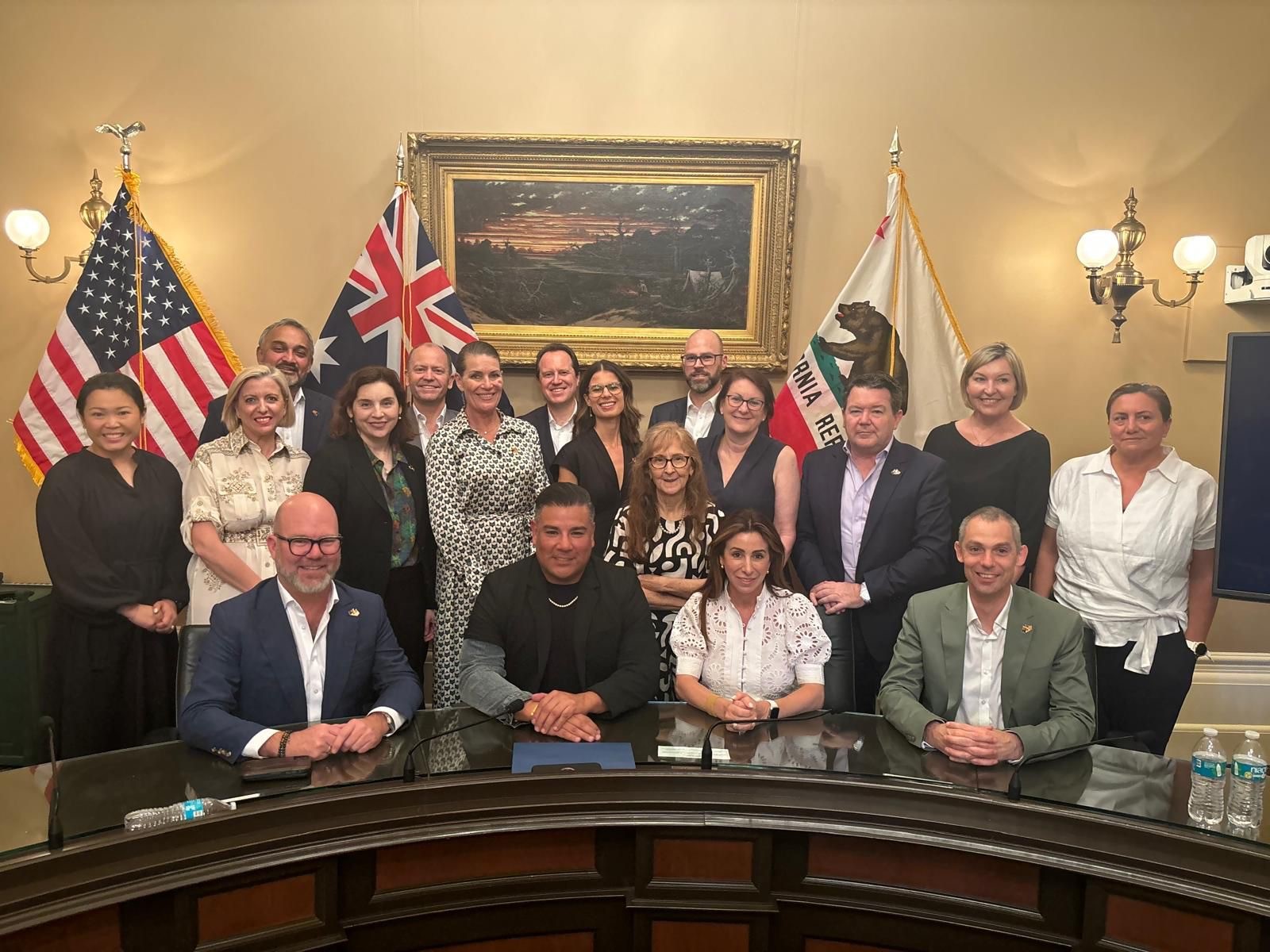Home Media releases
Communique: California and Australia: Flood and Fire Summit

Shared Communique: Insurance Council of Australia, California Department of Insurance, AmCham Australia
Friday 26 July, AEST
Australia and California share similar natural hazard risks, economies, regulatory and political environments, and cultures, with a long history of ties across the Pacific. Over the past decade residents of both jurisdictions have borne the brunt of devastating extreme weather events at significant cost to lives and property. Combined with the growing value of assets, expanding cities and inflation, this has placed great strain on the insurance sectors in both jurisdictions, worsening insurance availability in areas at high-risk of extreme weather.
As a result of climate change both jurisdictions are expecting longer and more ferocious fire seasons and intensifying flooding, which will leave more communities further impacted by disaster and widen the insurance protection gap. Such global challenges involve unique partnerships on key issues.
Building on a rich history of bi-lateral collaboration across disaster management, climate risk and clean energy, the Insurance Council of Australia and the California Department of Insurance, supported by the American Chamber of Commerce in Australia (AmCham), held a landmark Wildfire and Flood Summit in Sacramento, California on Thursday 25 July 2024.
In the wake of a record-breaking decade of climate extremes globally, and at a significant moment in the economic and political ties between Australia and the United States, this event brought together insurance industry leaders and commissioners, heads of catastrophe management, climate science and government agencies, alongside Australian and Californian elected representatives, to build a blueprint for collaboration.
The key findings of the summit included:
- Together, California and Australia can build global best practice in disaster preparedness, response and resilience. The summit showcased best practice in preparing, responding and mitigating fires and floods. It highlighted the important role of shared firefighting resources across hemispheres, which is becoming increasingly strained as disaster seasons overlap. It highlighted that investment in mitigation and resilience, alongside changes to building standards and land use planning, offer the best opportunity to improve insurance availability over the longer term.
- Collaboration is required between insurance sectors and governments to close the protection gap and improve insurance availability. Bringing together industry and government expertise can accelerate a shared view of current and future hazard risk and provide opportunities for collaboration.
- An enduring insurance sector partnership will be established. The Insurance Council of Australia and California Department of Insurance committed to a historic climate and resilience partnership between industries, based on our common climate risks, to build a shared view of growing risks and solutions. This builds on the Insurance Council’s global engagement with markets around the world, and the ICA will host international leaders at a National Conference in Brisbane in October 2024.
- The worsening protection gap and rising pressure on premiums is a global phenomenon. The global challenges from wildfire and flooding require unique partnerships across regions. Both the US and Australian markets are seeing a widening of the gap between those who can afford insurance in high-risk areas and those who can’t. Putting downward pressure on premiums requires a full toolkit of solutions that drive down risk.
Link to Communique











